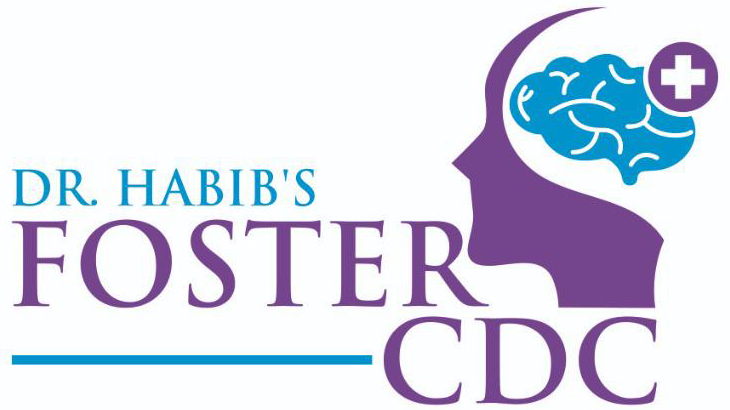Hydrocephalus causes
Fluid builds up in the cavities called ventricles deep within the brain. Pressure builds up inside due to excess fluid that increases the size of the ventricles. This condition is known as hydrocephalus.
Ventricles allow cerebrospinal fluid to flow normally through them, but excess pressure due to fluid buildup in the ventricles can damage brain tissue and also disturbs brain functions.
Hydrocephalus can occur at any age, but it is common in infants and also in older adults. Experts provide different therapies to manage problems and symptoms associated with hydrocephalus.
Hydrocephalus Symptoms in Children
Infants, toddlers, and Older Children have somewhat different symptoms
Symptoms of Hydrocephalus in Infants: Problems with strength and muscle tone, eyes fixed downwards, poor eating, seizures, irritability, lethargy (sluggishness or sleepiness), nausea, and vomiting.
Symptoms in Toddlers and Older Children: Sleepiness or sluggishness, abnormal enlargement of the head, abnormal eye movements, double or blurred vision, headaches, nausea or vomiting, frequent urination or loss of bladder control, poor appetite, poor coordination, and unstable balance.
Cognitive and behavioral changes
Changes in personality, mood, and behavior, a decline in school performance, irritability and also problems with speech, movement, and walking, and delays in the development of motor skills.
Hydrocephalus Causes
Cerebrospinal fluid performs some important functions – it keeps the brain buoyant, cushions the brain against shocks, removes waste products of the brain, and flows back and forth to maintain constant pressure within the brain.
An imbalance between the production of cerebrospinal fluid and the amount that is absorbed in the bloodstream causes hydrocephalus. It can happen due to any of these factors – overproduction, poor absorption due to an injury or disease that may result in inflammation of the brain, and the obstruction or blockage in the flow of cerebral fluid.
Hydrocephalus Causes in Newborns
- Premature birth (the possible complication could be bleeding within the ventricles)
- Abnormal development of the central nervous system
- Infections during pregnancy such as syphilis and rubella
Complications
Hydrocephalus, if not attended to and treated can become problematic as it progresses and causes developmental, physical, and intellectual disabilities. It can also become life-threatening. However, timely diagnosis and treatment can ensure prompt cure.
Diagnosis of Hydrocephalus
A pediatric neurologist asks a few questions related to the condition if the doctor suspects hydrocephalus. The doctor performs a general physical examination, and a neurological examination and recommends imaging tests such as an Ultrasound, CT, or MRI. For a more detailed scan, MRI is preferred over a CT scan. The pediatric neurologist makes the diagnosis based on the symptoms, neurological examination, and test results.
Treatment
The most common treatment for hydrocephalus is surgical correction. There are two approaches: shunt – a surgical insertion of a drainage system and Endoscopic third ventriculostomy. In addition, for the long-term management of the condition and its associated complications, a pediatric neurologist provides additional treatment and therapies.



